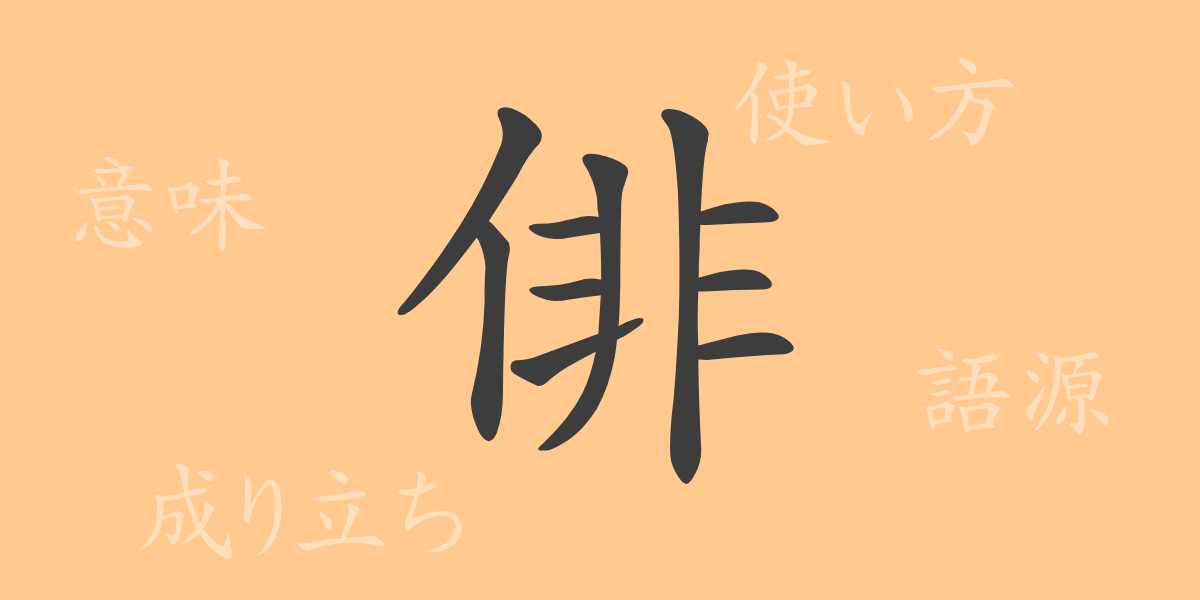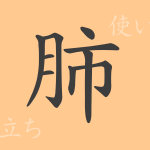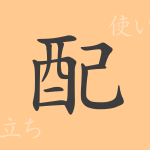Japanese culture is deep, and each character has a history and meaning embedded within it. The kanji “俳” is no exception. This article delves into the allure of the commonly used kanji “俳,” exploring its origins, meanings, and usages, as well as idioms and proverbs that employ it, unraveling the depth of the Japanese language.
Origins of 俳 (はい)
The character “俳” has deep roots in Japanese culture. Tracing its origins reveals that this kanji evolved from “非” (ひ), initially conveying a negative meaning. Over time, however, it gained a positive connotation associated with the arts, such as “俳優” (はいゆう, actor) and “俳句” (はいく, haiku), reflecting its role in artistic expressions.
Meanings and Usages of 俳
In contemporary Japanese, “俳” is primarily used in terms related to artistic expression and entertainment. For instance, “俳句” (はいく) refers to the uniquely Japanese 17-syllable poetic form, and “俳優” (はいゆう) denotes actors in theater and film.
Readings, Stroke Count, and Radical of 俳
The kanji “俳” has distinctive readings and structural features.
- Readings: The on’yomi (音読み) is “ハイ” (はい), and there is no commonly used kun’yomi (訓読み).
- Stroke Count: “俳” consists of 15 strokes.
- Radical: The radical is “亻” (にんべん), indicating a human or person-related context.
Idioms, Phrases, and Proverbs Using 俳
“俳” appears in a wide range of idioms and phrases, illustrating the richness of Japanese expression. For example:
- “俳諧” (はいかい): Originally referred to comic poetry, now used to denote humor or a playful attitude.
- “俳優” (はいゆう): Refers to actors performing on stage or in films.
- “俳句” (はいく): Represents the traditional form of Japanese poetry.
Conclusion on 俳
The kanji “俳” deeply intertwines with Japanese culture and arts. Its usage spans from classical literature to modern entertainment, closely linked to the lives of the Japanese people. Understanding the meanings embedded in this single character is a step towards appreciating the beauty of the Japanese language.

























